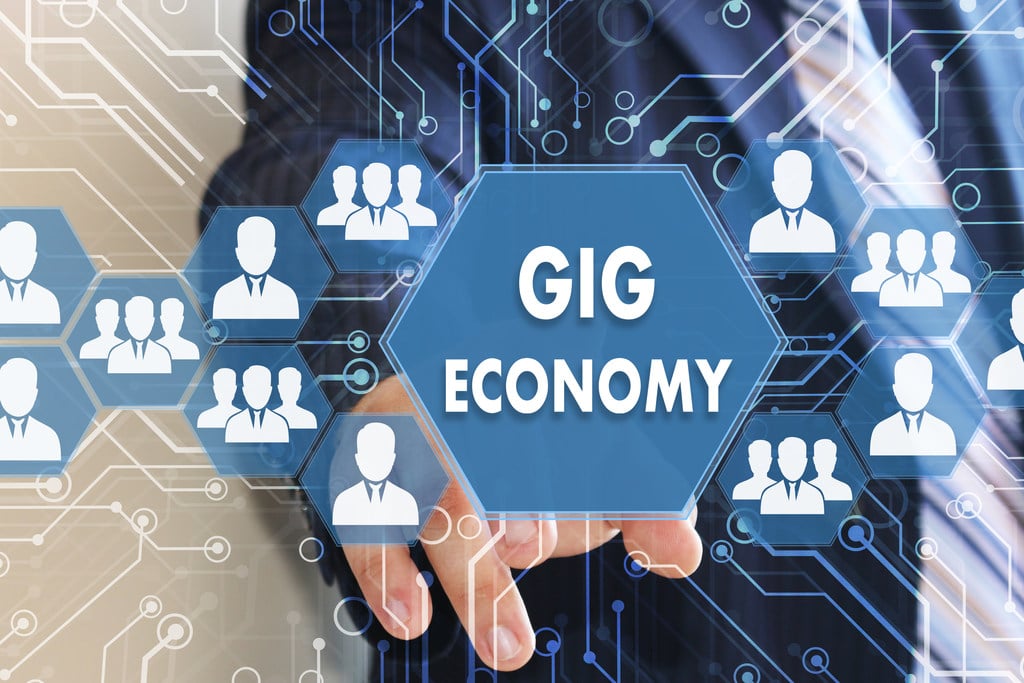 One of the big reasons that the gig economy appeared so large several years ago, economists argue, was that the job market was still slowly recovering from a devastating recession. (Photo: Shutterstock)
One of the big reasons that the gig economy appeared so large several years ago, economists argue, was that the job market was still slowly recovering from a devastating recession. (Photo: Shutterstock)
The gig economy was way overhyped. And that's according to two of the people who played a big role in hyping it up.
Two leading economists, Alan Krueger of Princeton and Lawrence Katz of Harvard, conceded that research they published in 2015 overestimated the shift towards freelance work on the U.S. economy, particularly gigs tied to apps such as Uber and Lyft.
In their 2015 study, the economists estimated that the proportion of the workforce doing “alternative work” was 13.7 percent. There had been no similar study over the past decade, but the last time the Labor Department had examined the issue, it reported a rate of 10.5 percent.
Related: 7 FAQS about the current gig economy
That was virtually unchanged from the 10.8 percent rate the department found when it conducted its last survey in 2005, two years before the iPhone was unveiled.
One of the big reasons that the gig economy appeared so large several years ago, Krueger and Katz argue, was that the job market was still slowly recovering from a devastating recession that forced millions of people to find unconventional forms of employment. While the unemployment level had already dropped to pre-recession levels in 2015, there was still a larger percentage of the population not working and wage growth remained slow.
The evidence suggests that many of those who were relying on freelance gigs a few years ago have since returned to conventional full-time jobs.
Just as important, the economists conclude, the data they based their prior conclusions on were flawed. They used the same methodology as the Labor Department had used in previous surveys. They now contend that that methodology ends up inaccurately categorizing people with multiple jobs as members of the gig economy.
“After sifting through the new evidence, Larry Katz and I now conclude that there was a modest rise in the share of the workforce in nontraditional jobs over the last decade—probably on the order of 1 to 2 percentage points, instead of the five percentage point rise we originally reported,” Krueger tells the Wall Street Journal.
Read more:
© 2025 ALM Global, LLC, All Rights Reserved. Request academic re-use from www.copyright.com. All other uses, submit a request to [email protected]. For more information visit Asset & Logo Licensing.







